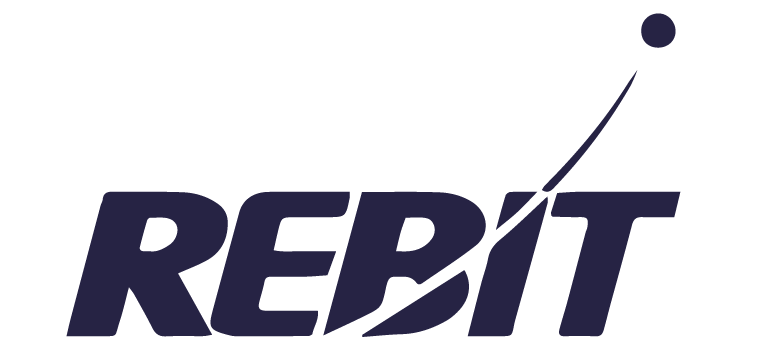Organisational Needs Inventory, WHAT IS IT ABOUT?
PURPOSE
Dramatic changes are occurring in the way organizations are designed and managed. They are a result of new technologies, ever-increasing productivity and quality expectations, and an explosive growth of information. The changes also reflect a growing awareness of the deficiencies of traditional organizations and the adversarial relationships between management and workers that traditional organizations tend to produce. These conditions ensure continual change in the business environment, probably at an increasing rate.
The Organizational Needs InventoryTM is designed to help position your organization for thriving in a present and future world in which change, rather than stability, is commonplace. It will help you organize your thinking about the kind of company you are and the kind you want to become.
The information produced by the Organizational Needs InventoryTM profides you with a basis for understanding;
How members describe your organization’s structure and their views about what an ideal organization would be.
How members describe the predominant leadership style employed in your organization and their views about what the ideal leadership style would be.
How members describe your organizational culture and their views about what the ideal organizational culture would be.
Areas of incompatibility among your present organizational structure, predominant leadership style, and organizational culture.
What changes in attitudes and leadership styles would be beneficial.
The information provided by the Organizational Needs InventoryTM provides a benchmark for
continuous improvement that will enable you to:
Measure changes that occur over time.
Adapt appropriately to any change or lack of change that you detect.
Plan for your future with a clearer sense of direction and purpose.
NATURE OF THE ORGANIZATIONAL NEEDS INVENTORYTM
The Organizational Needs InventoryTM will produce a description of an organization at a given point in time as perceived by its members as they presently see the organization (Actual) and as they think the organization would be under ideal circumstances (Ideal). The inventory consists of 126 item statements that permit an organization’s members to describe the following aspects of the organization:
I. ORGANIZATIONAL STRUCTURE (Bureaucratic ...Versatile)
[How the organization defines jobs, lines of authority to act independently and degree of cooperation allowed.]
A. Nature of Jobs and Positions
[The amount of structure or freedom allowed in jobs and positions]
B Nature of Controls
[The degree to which people are directed]
C. Flexibility
[How responsive employees are allowed to be to current demands]
D. Formalization
[How people in the organization relate to each other]
II. PREDOMINANT LEADERSHIP STYLE (Directive. . . Participative)
[Reports on whether people are lead by authority or by identification with organiza- tional goals]
View of Human Nature
[How management views employees lazy to productive]
Authority Orientation
[Explains how authority is acquired and used in the organization]
Team Orientation
[The degree to which employees are encouraged and allowed to cooperate to meet the organization’s objectives]
Motivational Style
[The degree to which employees are externally or internally motivated]
Nature of Supervision
[The amount of freedom employees are given to do their job and help achieve organizational goals] Empowerment
[How power is gained and used in the organization]
Communication Style
[Reports on the information available to employees who controls it and how it flows]
III ORGANIZATIONAL CULTURE (Competitive. . . Supportive)
[The degree of cooperation encouraged to achieve organizational and personal goals]
Shared Values and Beliefs
[The amount of harmony and mutual support in the organization]
Identification with the Organization
[The degree to which the employees and the organization’s values integrate]
Trust
[How dependable the organization feels its employees, customers, suppliers, and etc. are]
Within Company Cooperation
[The degree of mutual support between departments and employees]
Innovation
[The level of creativity allowed or encouraged]

